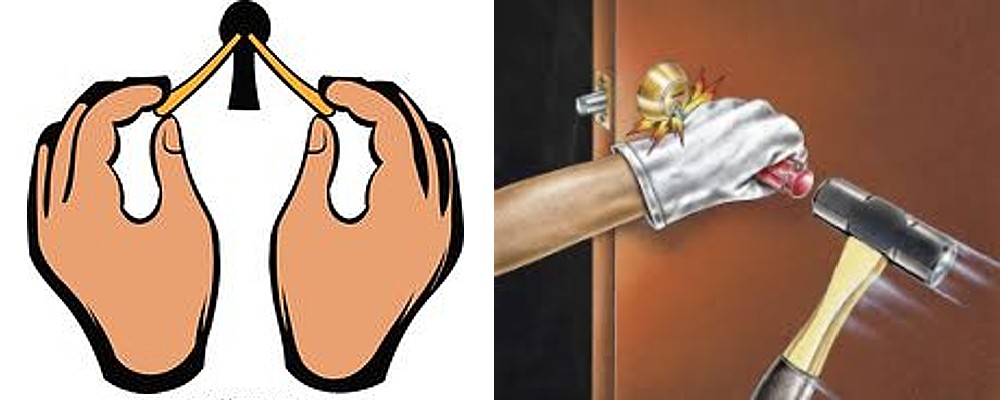When shopping for locks, you may come across products labeled ‘anti-pick’ or ‘anti-bump’. While lock picking is a familiar term, understanding what lock bumping actually means can be confusing.
Most common home door locks have a pin tumbler design. The locking mechanism consists of two lines of small pins – the key pins and the driver pin line.
The order in which these pins are released is replicated on your key. By releasing all the pins back to the shear line, your door can then be opened.
What separates lock picking from lock bumping?
Professional locksmiths use either of these methods to unlock doors when keys are not available.
Lock Picking
To pick a lock, a locksmith will use two tools a wrench and pin. The wrench creates tension on the pins while the pin tool is used to release them back to the shear line. This method is preferred as it does not cause any damage to the lock itself.

Lock Bumping
As opposed to using wrenches and pins, this technique involves inserting a bump key into the keyhole of your lock and giving it a gentle bump with another tool such as a screwdriver or hammer handle .
This causes all of the pin cylinders in your lock to be pushed up above the sheer line, allowing for easy access to your door when turned with rotational force applied via the bump key itself.

Both techniques have one common goal unlocking doors without needing keys though cheaper locks tend to be easier targets for either picking or bumping tools.
High security locks however are designed specifically to resist against both picking and bumping attempts by investing in higher quality security solutions you can ensure better protection against such attacks.





